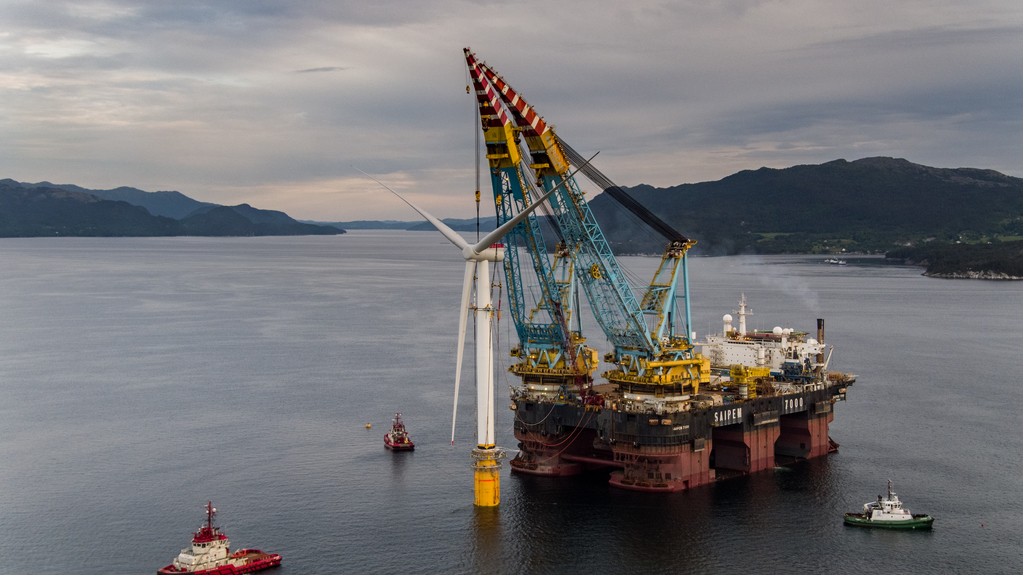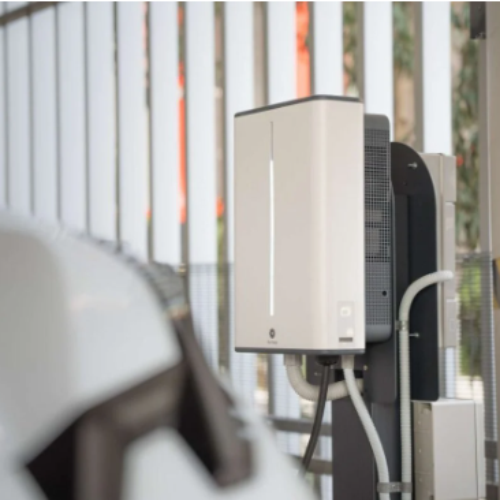Port operator Associated British Ports (ABP) and Fibremax have signed a Memorandum of Understanding (MoU) for floating offshore wind exploration at ABP’s Port of Swansea.
FibreMax is a cable producer that provides synthetic tendons for renewable energy solutions, predominantly mooring for floating wind turbines.
With the Celtic Sea set to be a major development site for floating offshore wind, the MoU acknowledges the potential of ABP’s Port of Swansea for the development of supply chain facilities close to generation. It will explore the possibility of creating up to 90 new full-time jobs at a dockside facility.
Sander van Helvoort, director of renewable energy at FibreMax, which also provides cables for infrastructure and construction, said the company welcomes the agreement and looks forward to “working together with ABP to investigate development opportunities at the Port of Swansea that will deliver best-in-class facilities and good quality jobs for the local community”.
Andy Reay, head of offshore wind at ABP, added: “We are delighted to sign this MoU with FibreMax, a world leader in fibre cables. It marks a further tangible step forward in the transformational prospects for floating offshore wind in the Celtic Sea. The Swansea Bay region presents an unparalleled opportunity for UK industry, sited in an area of rich industrial heritage, ideally suited to support upcoming Celtic Sea floating offshore wind development.”
Floating offshore wind in the Celtic Sea
In February this year, the Crown Estate published research indicating that the floating offshore wind sector in the Celtic Sea could provide up to £1.4 billion for the UK economy.
In October 2023, the organisation revealed its intention to raise the overall available capacity for its Offshore Wind Leasing Round 5 to 4.5GW, with this round being used to support the first developments in the Celtic Sea.
In April, Flotation Energy and Vårgrønn announced that their floating offshore wind project, Green Volt, had been granted offshore planning approval. The project, part of Crown Estate Scotland’s Innovation and Targeted Oil & Gas (INTOG) leasing round, will be able to produce up to 560MW of renewable energy capacity.
The launch of Labour’s Great British Energy came alongside a partnership with the Crown Estate, indicating that the state-owned energy company expects large offshore wind deployment to be a key component of its operations. Indeed, the announcement of the largest-ever Contracts for Difference (CfD) auction budget included doubling financing allocation for pot two, with the £270 million budget for emerging technologies, including floating offshore wind.
Jessica Hooper, director of RenewableUK Cymru said the organisation welcomed the budget uplift and described floating offshore wind as the “jewel in the crown we need to succeed in Wales”.






